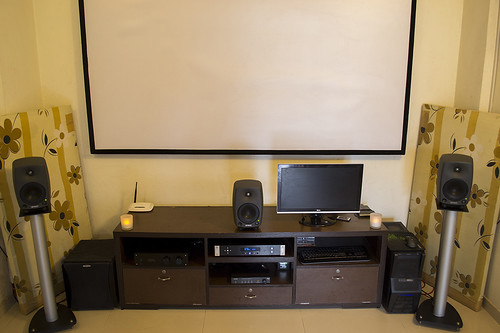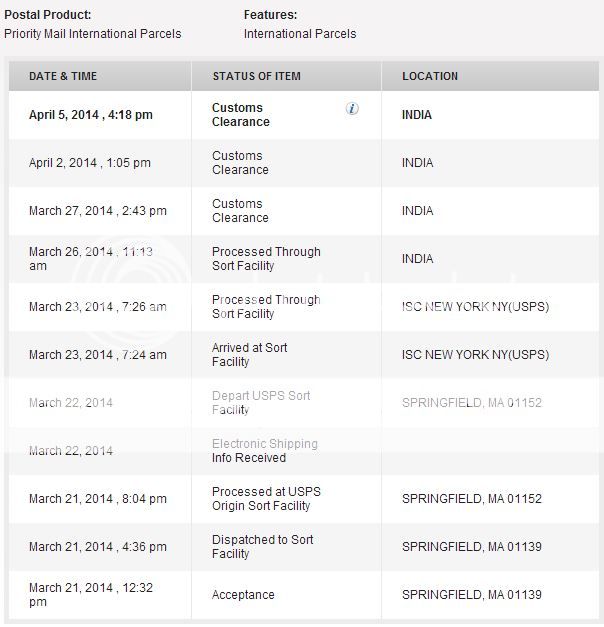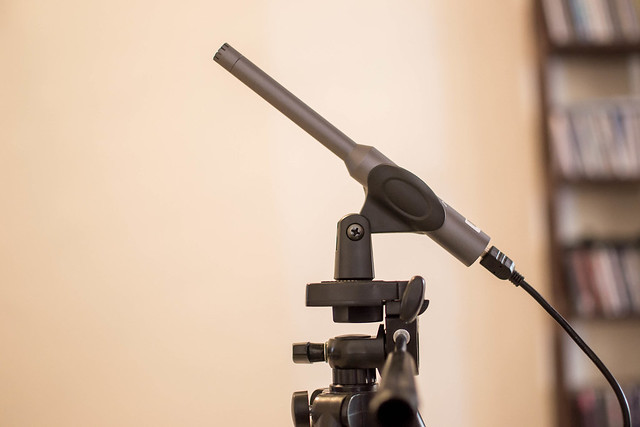what we're really looking for is gas flow resistivity. The "gas" in this case is air, which is the medium that sound travels through.
I'm of the opinion that the sound is propagated across a medium by way of excitation of molecules. It would move even across different mediums by physical transfer of that energy.I like your explanation, but I'm unsure about this.
The denser the material, the more difficult it is for air to travel through it.
ISTR once reading that water is a better conductor of sound than air.
AFAIK, denser the medium, quicker would be transfer of energy across the medium but higher would be the energy required to excite the molecules and thus dissipation would be higher. But hey, I'm talking out of my knowledge of High School physics. Would be glad to be proven wrong here at the cost of gaining some gyan.
Last edited:








